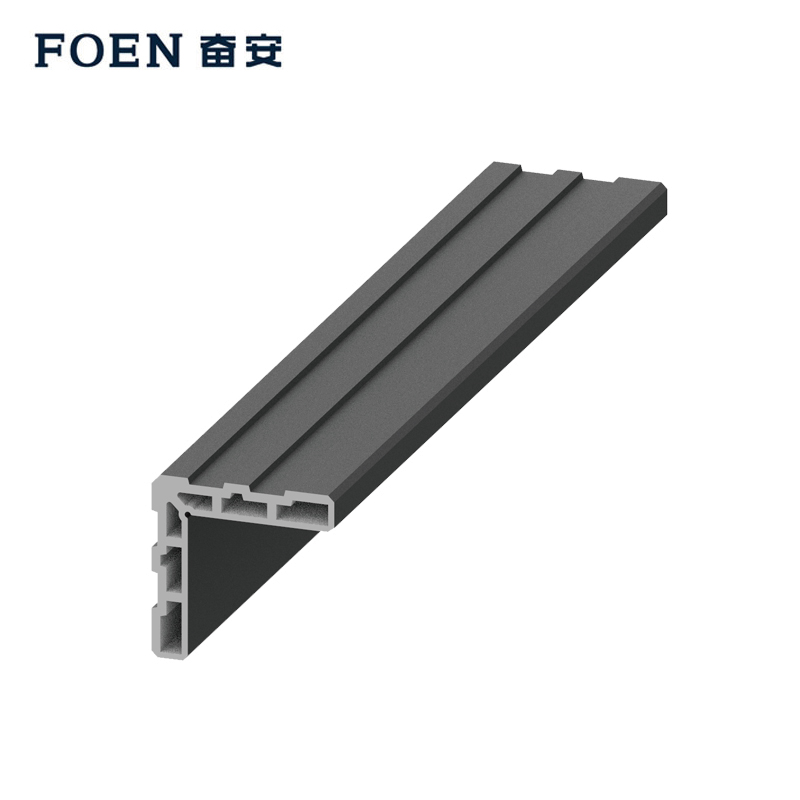On December 13, the European Parliament and the European Council reached an agreement to establish a carbon border regulation mechanism, which will impose carbon tariffs on imports based on their greenhouse gases and emissions. According to the European Parliament’s website, the carbon border adjustment mechanism, which will begin trial operation on October 1,2023, covers steel, cement, aluminium profiles, aluminium profile for doors and windows , solar racks,fertilizer, electricity and hydrogen industries, as well as steel products such as screws and bolts. The carbon border regulation mechanism will set a transition period before it takes effect, during which traders will only have to report carbon emissions.
According to the previous plan, 2023-2026 will be the transition period for the implementation of the EU carbon tariff policy, and the EU will impose full carbon tariffs from 2027. At present, the time of the EU carbon tariff officially taking effect is subject to final negotiations. With the operation of the carbon border regulation mechanism, the free carbon quota under the EU carbon trading system will be gradually phased out, and the EU will also assess whether to extend the scope of carbon tariffs to other areas, including organic chemicals and polymers.
Qin Yan, chief power and carbon analyst at Lufu and a researcher at the Oxford Energy Research Institute, told the 21st Century Business Herald that the overall plan of the mechanism is nearly completed, but it will still wait for the determination of the EU’s carbon emission trading system. The EU carbon tariff adjustment mechanism is an important part of the EU’s Fit for 55 emission reduction package, which hopes to reduce greenhouse gas emissions by at least 55% by 2030 based on 1990 levels. The EU says the plan is crucial for the EU to achieve climate neutrality and a green agreement by 2050.
The carbon border adjustment mechanism established by the EU is also commonly known as carbon tariff. Carbon tariff generally refers to the countries or regions that strictly implement carbon emission reduction, and requires the import (export) of high-carbon products to pay (return) the corresponding taxes or carbon quotas. The emergence of carbon tariffs is mainly caused by carbon leaks, which move related producers from areas where carbon emissions are strictly managed to areas where climate management regulations are relatively relaxed for production.
The carbon tariff policy proposed by the EU also intentionally avoids the leakage problem of carbon leakage locally in the EU, that is, to prevent local EU companies from moving out of their industries in order to avoid strict carbon emission control policies. At the same time, they also set up green trade barriers to enhance the competitiveness of their own industries.
In 2019, the EU first proposed increasing the carbon tariff in the import and export trade; in December of the same year, the EU formally proposed the carbon border regulation mechanism. In June 2022, the European Parliament formally voted to pass the amendments to the Carbon Border Tariff Regulation Mechanism Act.
National climate change strategy research and international cooperation center, director of strategic planning Chai Qi Min in August this year in an interview with China development and reform newspaper, pointed out that carbon tariffs is a kind of green trade barriers, the eu’s carbon tariff policy is to reduce the carbon pricing within the European market impact and product competitiveness, at the same time through trade barriers to maintain some European core industries, such as automotive, shipbuilding, aviation manufacturing advantage, form a competitive gap.
By establishing carbon tariffs, the European Union has for the first time incorporated climate change requirements into global trade rules. The EU’s move is attracting the attention of many countries. According to media reports, Canada, the United Kingdom and the United States are all considering imposing carbon tariffs.
In its press release, the EU said the carbon tariff mechanism was fully in line with the WTO rules, but that it could create a series of new trade disputes, especially in developing countries with relatively higher levels of carbon dioxide emissions.
Post time: Dec-14-2022






